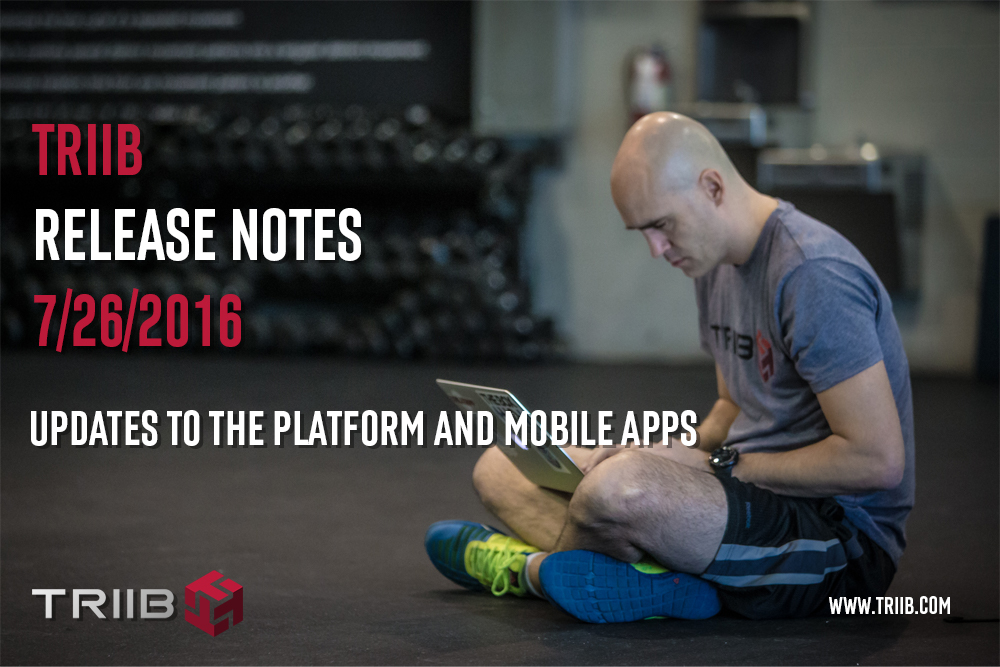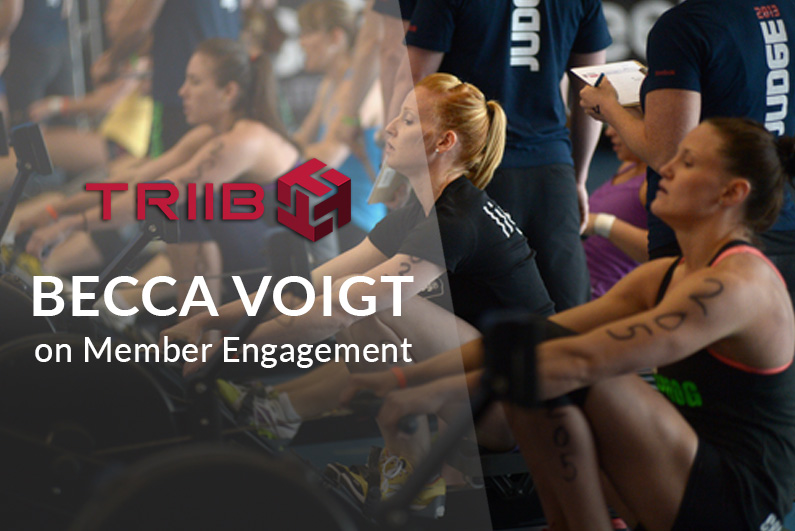As fitness professionals, we know that exercise and diet go hand-in-hand. So why is it that so many fitness facilities offer only exercise programs? By adding nutrition services to your offerings you can grow your business while also providing the complete health and wellness package to your members.
People go to the gym because they want to be healthier, and they want to see results! If and when they don’t see physical changes from exercise alone, it’s easy for them to become unmotivated. It’s our job as coaches and gym owners to help our clients progress. And, as the saying goes, “abs are made in the kitchen”. Therefore, in order to help our clients reach their health and aesthetic goals, it’s in our best interest to help them build a nutrition plan in addition to a fitness regimen. And, why should we refer out for nutrition when we can offer it in-house to drive revenue, retention, and referrals, and customer satisfaction!
Whether you are a fitness trainer who wants to help your clients achieve the best results, or you are a gym owner who wants to increase your bottom line, offering nutrition services at your gym can be a beneficial move to grow your business. Here’s how:
1. Additional revenue streams
As fitness instructors (and presumably, model examples of health) we’re often expected to also be an informed and trusted resource for nutrition. It’s common for members to often seek nutritional guidance from their fitness instructor first before going anywhere else for advice. If you refer your members out for nutrition you could be missing out on a huge opportunity to build your reputation and grow your business! Offering nutrition services at your gym can increase revenue by:
- Capturing a larger proportion of the health and fitness markets and attracting new clients
- Implementing retail sales by offering nutrition supplements, meals or snacks
- Providing additional options for your members such as nutrition coaching, classes, and nutrition challenges
2. Improved member retention
Nutrition services such as group classes or personal coaching at your gym can generate renewed motivation among your current members. Plus, if your gym offers both fitness and nutrition, you’ll make the lives of your members easier by satisfying two needs in one place. Offering nutrition services at your gym demonstrates to your members how much you truly care about their health and progress. Plus, a gym that delivers results will keep members walking through our doors for years to come.
3. Increased member referrals
Your members are your biggest advocates. Offering nutrition services at your gym increases the likelihookd that they will refer friends and family to your gym because you’ll be prepared to meet more of their needs. Furthermore, you’ll gain a competitive edge once word gets out about your nutrition offerings and members from other nearby gyms take an interest. It’s a small world, and with health and wellness on-trend, nutrition services are in high demand.
4. Increased retail sales
When your members are following a healthy diet, they are more likely to invest their dollars into their nutrition choices as well. Compliment your nutrition services and maximize the buying potential of your customers by offering items for sale such as protein powder, healthy snacks, and prepared meals. Offering nutrition items at your gym will help fulfill the supply-and-demand needs of your members before and after their workouts, as well as increase your revenue. Additionally, offering related items branded with your logo such as coolers, lunch bags, and shaker bottles creates both a marketing initiative and an impulse purchase opportunity at your retail area. Don’t sell retail? Here are some tips on how to start. No matter what you choose to carry, your members will be more likely to spend more time and money at your gym if it is also a one-stop-shop for both fitness and nutrition.




0 Comments